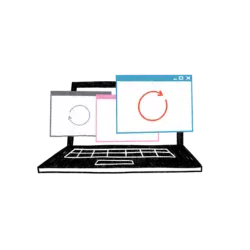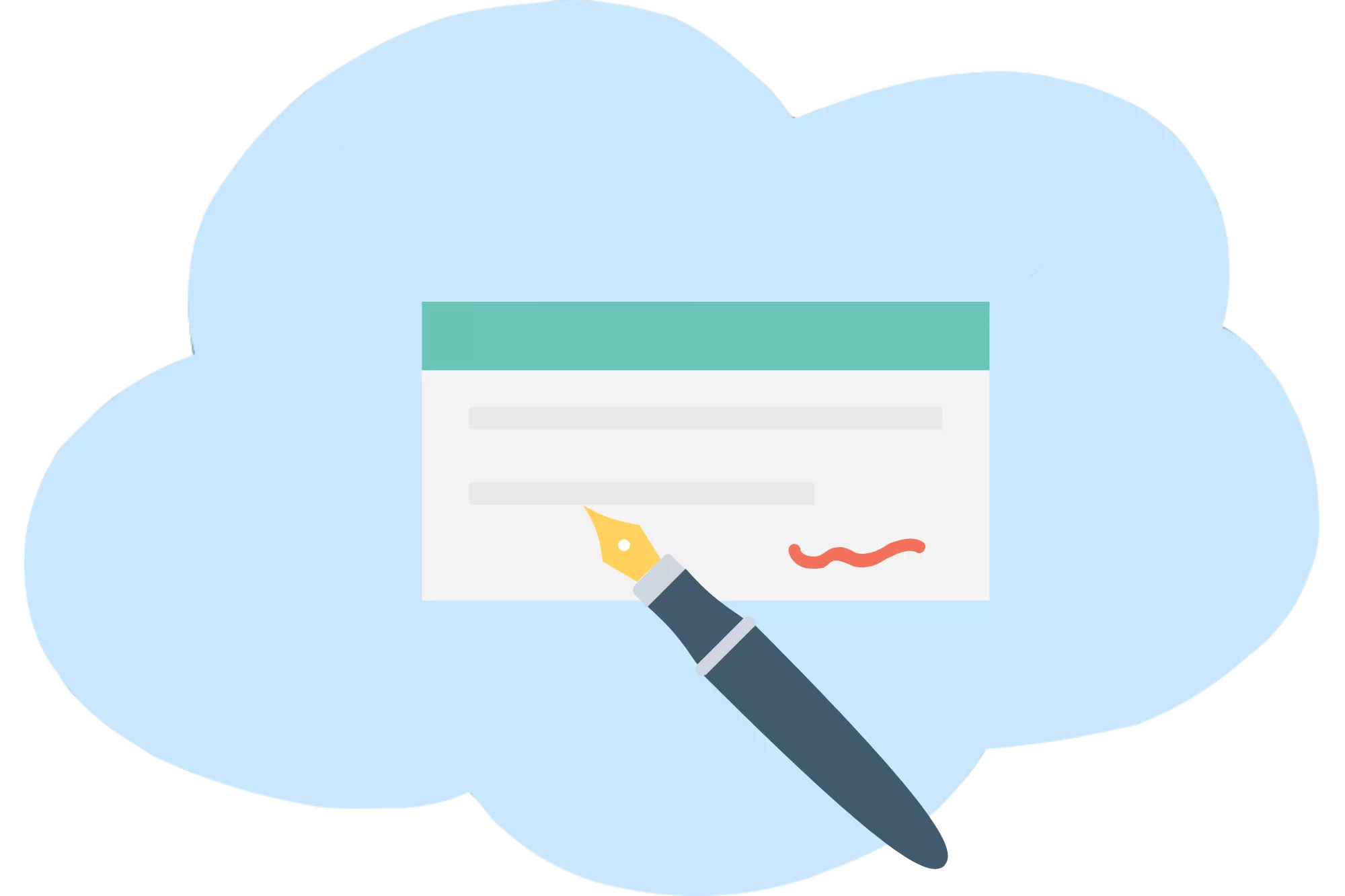ACH transactions aren’t always successful, some return with an error message, like ACH return code R53. The ACH network has a list of return codes that indicate errors when transferring funds via check processing. Each return code is unique to itself. For example, the R53 code is part of a group of codes used for returning “RCK entries.” RCK entry is essentially a re-presented check entry previously returned for a particular reason. These specific ACH return codes can seem intimidating at first, but thankfully, there’s always a way to resolve these codes.
Below, we’ll uncover what the ACH R53 code means, its formal definition, and how to fix the issue.
What Does ACH Return Code R53 Mean?

Throughout this article (and many of our other return-code blogs), you’ll come across the terms RDFI and ODFI. The former stands for Receiving Depository Financial Institution, representing the bank that receives the ACH funds. The latter is the Originating Depository Financial Institution and it represents the bank that sends the ACH funds.
ACH Return code R53 happens when an RCK entry has been presented for payment alongside a check that it directly relates to. In order for the return entry to be available to the Originating Depository Financial Institution (ODFI), the Receiving Depository Financial Institution (RDFI) must transmit it by the ACH Operator’s deposit deadline.

Formal Definition
Although the formal definition for ACH return code R53 can vary, here is the most widely used definition:
“In addition to the RCK entry, the item to which the RCK entry relates has also been presented for payment.”
Solutions to Fix R53 Return Code
To fix ACH return code R53, you’ll need to submit a written request to the RDFI within 15 days of receiving the information about the entry. You’ll also need to provide the RDFI with a written statement. Under penalty of perjury, you’ll state that both the RCK entry and the item to which it relates were presented for payment. If the issue persists even after following these steps, it’s beneficial to contact an operator from the RDFI. The RDFI will be helpful in resolving your issue and you’ll be on your way to accepting ACH payments in no time!





